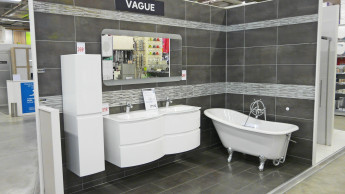deep insights, facts & figures
People would like to spend more time in green spaces, because it does them good. The Global Green Space Report from Husqvarna has taken a closer look at the subject
Green is more than just gardens, and the garden sector would do well to devote itself to the topic more comprehensively. For it doesn’t live just from garden products alone. When representatives of the garden sector discuss the matter they are quickly in agreement: it is a question of understanding how much knowledge there actually is among consumers of subjects with relevance to the garden. Against such a background it seems far-sighted that the annual global garden survey of the Husqvarna Group should have extended its perspective to take into account green spaces in general in its “Global Green Space Report 2013”: that means the public green spaces of parks and forests, in addition to private green spaces. The findings are conflicting. On the one hand they uncover an increasingly greater imbalance between grey and green in a world that is becoming more and more urbanized: people would like to spend more time in green spaces, but do so less and less frequently. For instance, 42 per cent of Americans and 47 per cent of Australians are not satisfied with the amount of time they spend in parks. On the other hand there is also the good news: green gets an unbelievably positive rating – more positive than most other words. So 91 per cent of respondents are convinced that nature, plants and green spaces are more important for our wellbeing than sex, money and religion; 82 per cent believe that parks, gardens and forests help reduce stress. A further clue: being a gardener is seen as a dream job. “If you could start right from the beginning again, what would you choose to be?” Topping the list with 21 per cent is landscape architect, ahead of doctor, solicitor and engineer, followed by gardener at 14 per cent. Even if, or perhaps precisely because, this occupation is clearly rather over-glamorized, it shows one thing: that green is very, very much in. In case there were need of more proof: green as a subject offers a great deal of potential. The question is how this is being exploited, in view of a tendency that is moving, despite all good resolutions, from green in the direction of grey. This is striking among other things – but not only – in the answers affecting children. Some figures from the report: nearly one third (31 per cent) of the respondents believe that the children of today spend far less time in the garden than they did during their own childhood, while 28 per cent believe they spend somewhat less time there. Three quarters (74 per cent) would…
Related articles
Read also






